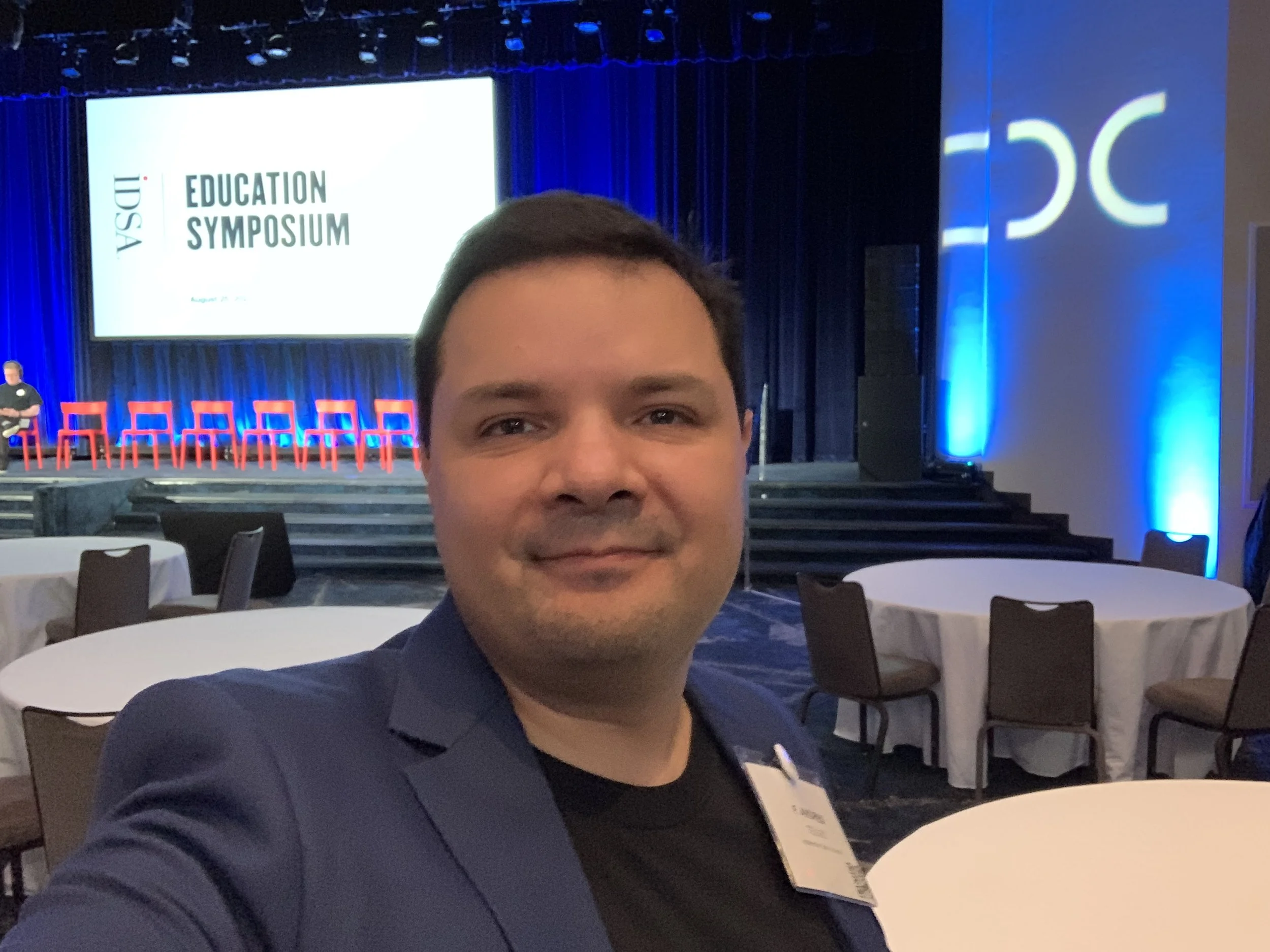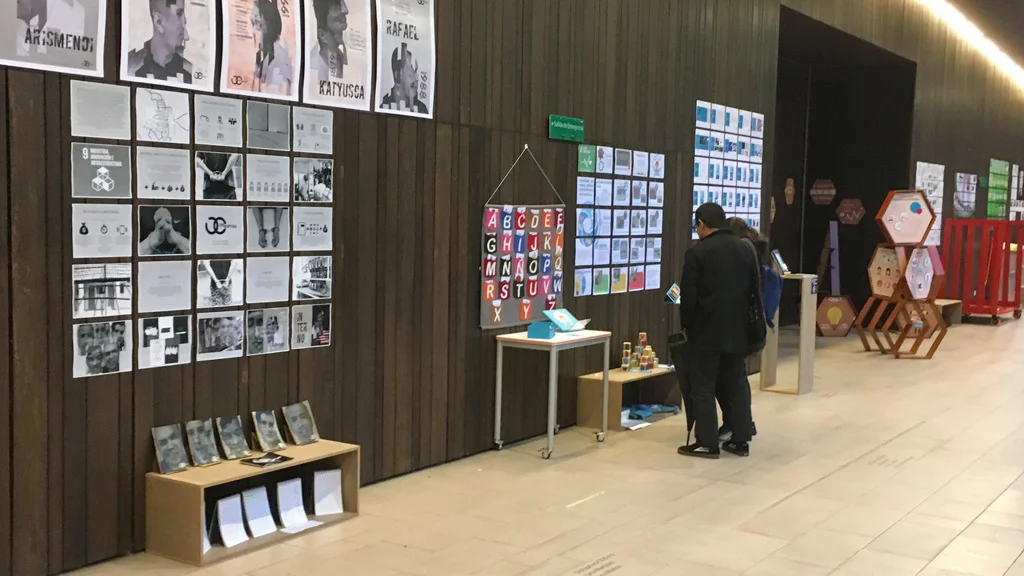What an intense week at the IDC 2023!
After 8 years of not attending an IDSA Conference, I had the opportunity to participate and present some of my work about AI and Design Education at this year’s International Design Conference. It was a privilege to share the stage with such insightful speakers and have many interesting conversations about life, design, education, and technology!
This is by no means a comprehensive summary of the event, but some thoughts and reflections inspired by the conference:
Industrial Design Identity
In several talks, speakers discussed and reflected on the identity of industrial designers in a world where digital technologies are increasingly pervasive and where the boundaries between the different design professions and design roles become blurry. Likewise, some speakers highlighted the importance for industrial designers to better communicate our value to organizations, potential clients, and the general public. Since I started practicing as a designer, I have heard similar comments and concerns. I wonder if ID is facing an identity crisis because we don’t know who we are, what we can do, and what we can offer? Or is it because we fail to communicate our value effectively as a profession?
Diversity in Design
Even though Black and Latine communities have been historically underrepresented in design and design education, it was very powerful to see these communities' representation in the audience and the speakers. Still, there is much work to do around expanding diversity and inclusion in design so that the field has more representation of communities that use and need design but are not represented by designers. A specific example of this was to see a Latina as an MC and another Latina as a jury member. Additionally, several speakers and presenters were coming from minority communities and discussing issues of diversity, equity, inclusion, and belonging. Additionally, it was fascinating to see the role and notoriety of designers located in Asia or of Asian descent in the IDEA Awards Ceremony, where a large number of the products that received an award were led or developed by Asian or Asian-American designers or were created by Asian studios. Interestingly, even though the conference and the award are international, there was a lack of representation of Europe, Africa, Oceania, and Latin America, which opens the question of whether there are issues with how the awards are perceived in these geographies or if there are issues in communicating and advertising the award and the conference.
Artificial Intelligence in ID
I was privileged to present a paper and join a panel discussing Artificial Intelligence in Industrial Design education at the conference along with Ralf Oliver Schneider, Carly Hagins, Byungsoo Kim, and Chinhua Lin. As I listened to various talks and reflected on my own, it was clear that there's a mix of curiosity and skepticism surrounding AI in Design. While numerous speakers touched upon AI, the discussions often seemed to be at an exploratory level, which shows the need to conduct more in-depth research and have more profound reflections on these issues. Moreover, some participants were concerned about AI affecting students' skill development, reducing job opportunities, and impacting creativity and critical thinking. To address these concerns, there is a need to develop concrete examples that showcase AI's advantages and limitations in industrial design, helping professionals embrace its potential with clarity and confidence.
Connecting with the ID Community
Beyond the formal activities of the conference, the IDC was a fantastic opportunity to reconnect with old acquaintances and friends and meet new and fascinating people working in the industry and academia. As this is my first in-person conference after the pandemic, I realized how much I missed the informal spaces for interaction that this type of event fosters. I enjoyed and was deeply inspired by the conversations I had during the breaks, walking the High Line, or riding the bus to Parsons on the last day of the conference. These informal spaces created opportunities to build meaningful connections and a sense of belonging to the Industrial Design community, for which I am very grateful to the Industrial Designers Society of America (IDSA) and the conference organizing committee.










